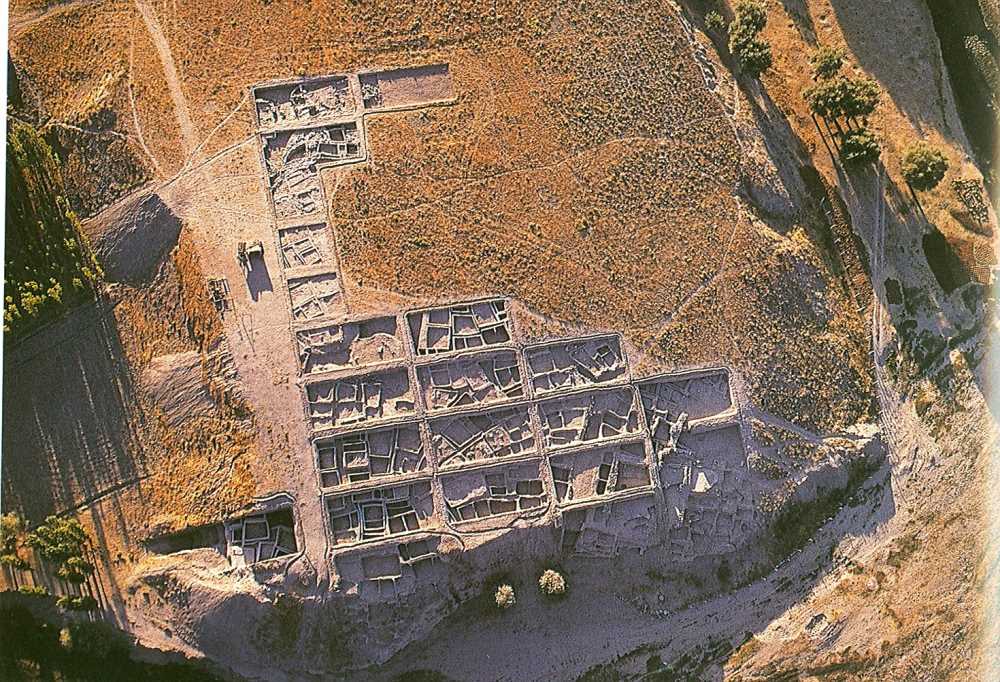Scientists have conducted a significant genetic study showing that early domesticated sheep originated in Central Anatolia. This research highlights humanity’s transition to a settled lifestyle. An international team, led by geneticists from Trinity College and zooarchaeologists from LMU Munich and the Bavarian State Collections of Natural History (SNSB), analyzed 118 genomes from archaeological bones. These bones span 12,000 years, from Mongolia to Ireland, and reveal the prehistoric cultural trajectory of sheep.
Aşıklı Höyük: A Key Site in Agricultural Transition
Aşıklı Höyük lies in Central Anatolia, 25 km east of Aksaray. With a history of about 12,000 years, it ranks among the oldest settlements in the world. This ancient site marks a crucial turning point as hunter-gatherer societies began to adopt agriculture. The remains found here date back to when humans first domesticated animals and established villages.

Genetic Evidence from Aşıklı Höyük
The genomes from Aşıklı Höyük appear to be ancestral to later populations. They confirm that wild mouflon captures occurred in the western part of the northern Fertile Crescent 11,000 years ago. These findings provide the earliest evidence that humans influenced sheep biology. They also show that early herders valued the aesthetic qualities of their animals.
Migration Patterns of Sheep Genomes
The research indicates that sheep genomes began moving westward from early Mesopotamian cities about 7,000 years ago. The rise of pastoralist populations in the Eurasian steppes and their westward expansion around 5,000 years ago significantly impacted European human populations and cultures. This migration altered the genetic makeup of the English people and contributed to the emergence of the Indo-European language.
Significance of the Findings
Dr. Kevin Daly emphasizes that one of the most striking discoveries is the evidence of a major migration of sheep from the Eurasian steppes to Europe during the Bronze Age. This suggests that as people relocated, they brought their herds with them. The domestication process that began in Central Anatolia laid the groundwork for modern sheep husbandry and agricultural practices.
Kevin G. Daly et al., Ancient genomics and the origin, dispersal, and development of domestic sheep.Science387,492-497(2025).DOI:10.1126/science.adn2094




